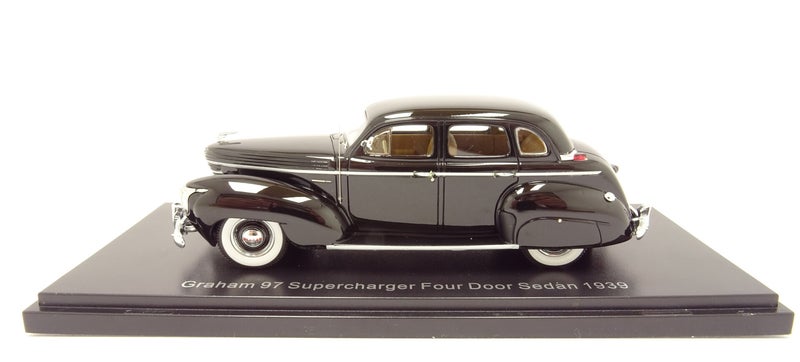

Brothers Joseph B., Robert C., and Ray A. Graham began in 1919 to produce kits to modify Ford Model Ts.

Graham-Paige was an American automobile manufacturer founded by brothers Graham. In 1927 they purchased the Paige-Detroit Motor Company, makers of Paige and Jewett automobiles. Automobile production ceased in 1940, and its automotive assets were acquired by Kaiser-Frazer in 1947.
Graham-Paige's own engineering department designed most of the engines used in Graham-Paige cars. The 1938–1940 "Spirit of Motion" cars and Hollywood models are frequently incorrectly stated to use Continental engines.
As a corporate entity, the Graham-Paige name continued until 1962.

Headquarters: Evansville, Indiana, United States, 1927-1962




1927-1962







Create Your Own Website With JouwWeb